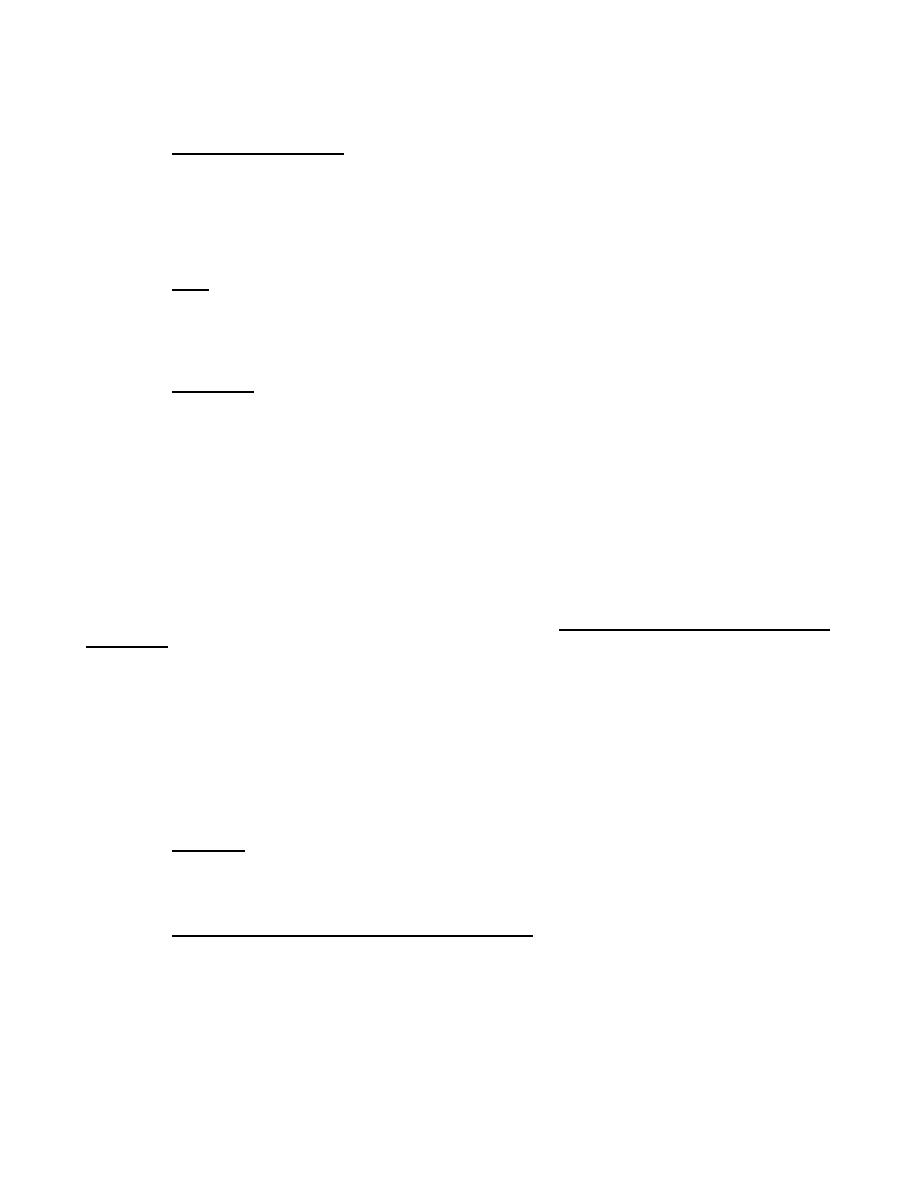
| Tweet |

Custom Search
|
|

|
||
 MIL-HDBK-1038
5.3.3.2
Travel Drive Shafts. These shafts are relatively slender and their
design is governed primarily by the torsional stress and deflection. Bending and
transverse shear, even when present, are usually inconsequential in magnitude and
do not control the shaft diameter. Design of long drive shafts, such as those on
A-1 and A-5 bridge drives, is based on the torsional deflection under the applied
torque. CMAA #70 prescribes the maximum allowable angular deflections for bridge
drive types and corresponding torques.
5.3.4
Pins. Pins, including trunnions, are non-rotating mechanical members in
which the
transverse shear stress is a major contributor to the combined stress.
The loads
that are imposed on them are considered to be static for design
purposes.
The required design factors for the combined stress are 4.00 on the
yield and
5.00 on the ultimate strength of the material.
5.3.5
Couplings. Couplings are rated by the manufacturers on the basis of
horsepower per 100 RPM. These published ratings are prorated for the appropriate
shaft RPM to obtain the coupling capacity. The manufacturers also prescribe the
recommended service factors that should be applied to the drive torque for
coupling selection. For crane bridge/boom (of a wall crane), portal base/gantry,
and rotate drives the required coupling rating should be increased by an
additional factor of 1.50; and for trolley drives by 1.25. The limiting design
feature of coupling capacity is the keyway, which is not a part of the published
rating. In some cases two keys/keyways are required to meet the design
requirements of the coupling hub or shaft key seat. The coupling keyway and the
shaft key seat bearing pressure (from the key) must have design factors of 4.00 on
the yield and 5.00 on the ultimate strength of the material. The key itself never
presents a design problem because it can be made of any high strength material.
American National Standard ANSI/AGMA 9002, Bores and Keyways for Flexible
Couplings, is a comprehensive industry standard that describes the sizes and
tolerances for straight and tapered bores, the associated keys and keyways, and
other features and details. This standard is accepted by the major coupling
manufacturers, and is reflected in their directions for installation of their
couplings. Coupling hubs must be installed (press-fitted) in accordance with the
coupling manufacturer's directions. (Excessive interference fits may overstress
the hubs and cause binding at the gear teeth.)
Shaft couplings are designed to transmit only torque; except for
supporting the weight of the shaft, they must never be loaded in the radial
direction.
5.3.6
Bearings. Rolling element (antifriction) bearings are selected on the
basis of their published static and dynamic ratings. Bearing manufacturers
publish bearing capacities and the procedures for calculating the effective
loading (when radial and axial loads are present) for each bearing type.
5.3.6.1
Selection of Design Loads and L-10 Lives. Bearings are considered
replaceable wearing components which deteriorate gradually and give adequate
warning of approaching failure. Therefore, it is customary to analyze bearings
for L-10 life with loadings which are less than those due to rated loads.
Likewise, it is necessary to select bearings for limited life infinite bearing
life being
147
|
 |
|
 |
||